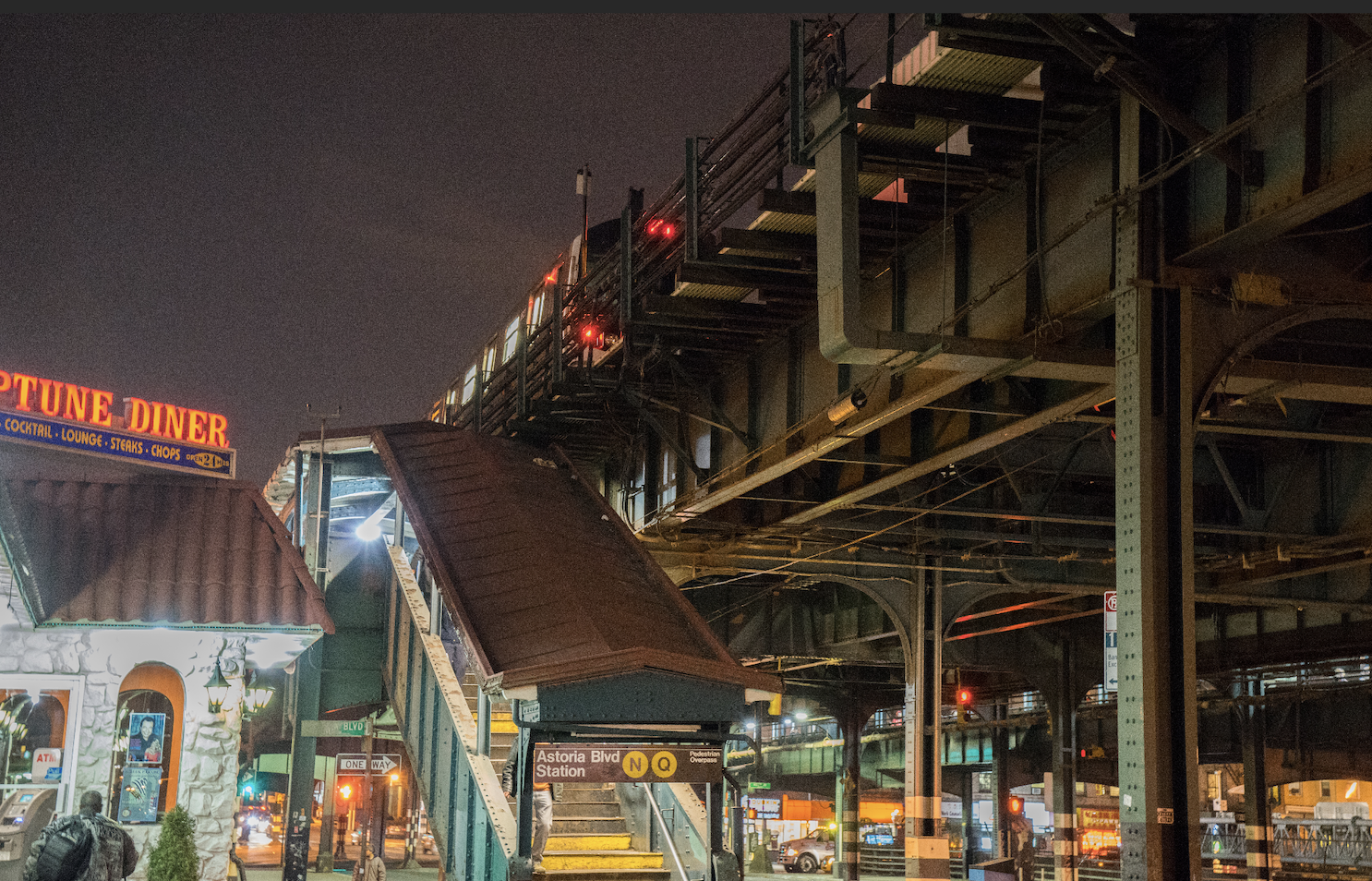
The Astoria Project survey captures the multi-dimensional impact on a single New York City neighborhood during the Covid-19 pandemic, bringing together economic findings, reflections on health and mental health effects, and new perceptions of risk now enveloping routine daily activities.
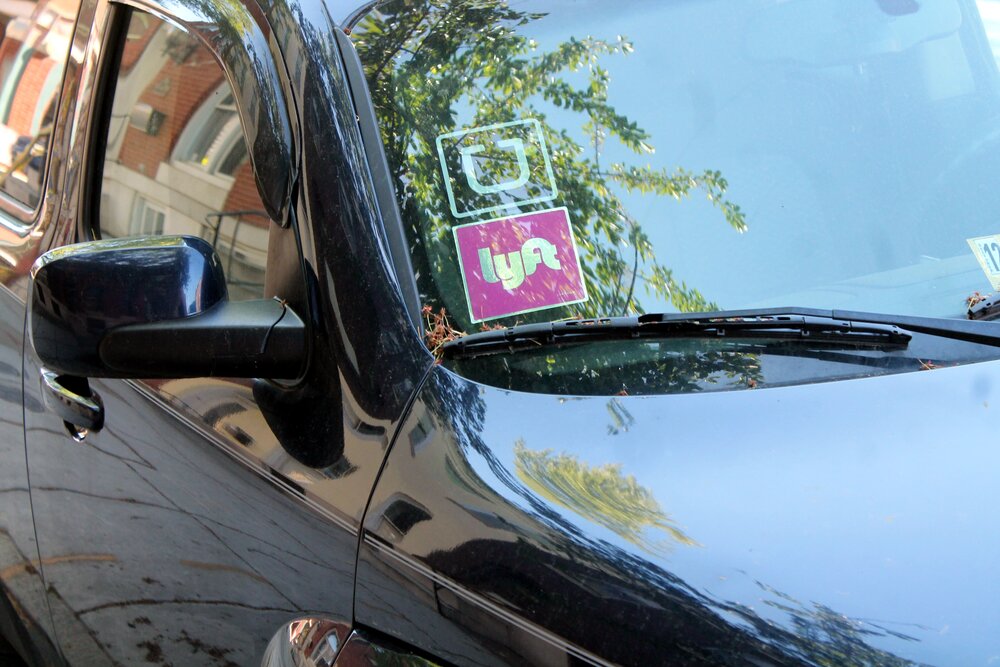
This report examines New York City’s app-dispatch driver pay standard and finds that in the first year of the pay standard (pre-pandemic) driver pay increased by about nine percent, passenger fares rose slightly but not much more than in Chicago without a pay standard, passenger wait times declined significantly, and some of the pay increase was absorbed by the app-dispatch companies through lower effective commission rates.

New York’s antiquated law governing unemployment insurance disincentivizes work and threatens to slow the economic recovery. This report from the CNYCA analyzes the proposed Stirpe-Ramos bill’s reform for New York’s partial unemployment insurance benefits and finds that low- and moderate-income workers would benefit and models several scenarios to show that additional costs to the state’s UI trust fund will be small.

Nonprofit social services provide essential services for a broad swathe of New Yorkers, yet these organizations face significant workforce retention and recruitment problems. This report from the Center for New York City Affairs outlines concrete steps that can be taken to invest in these essential workers by building robust career ladders, addressing pay disparities among workers, and raising the compensation of nonprofit workers to aid in retention and recruitment. The ongoing public health emergency and economic dislocation make clear the need to invest in social service workers essential not only during emergencies but also day in and day out.
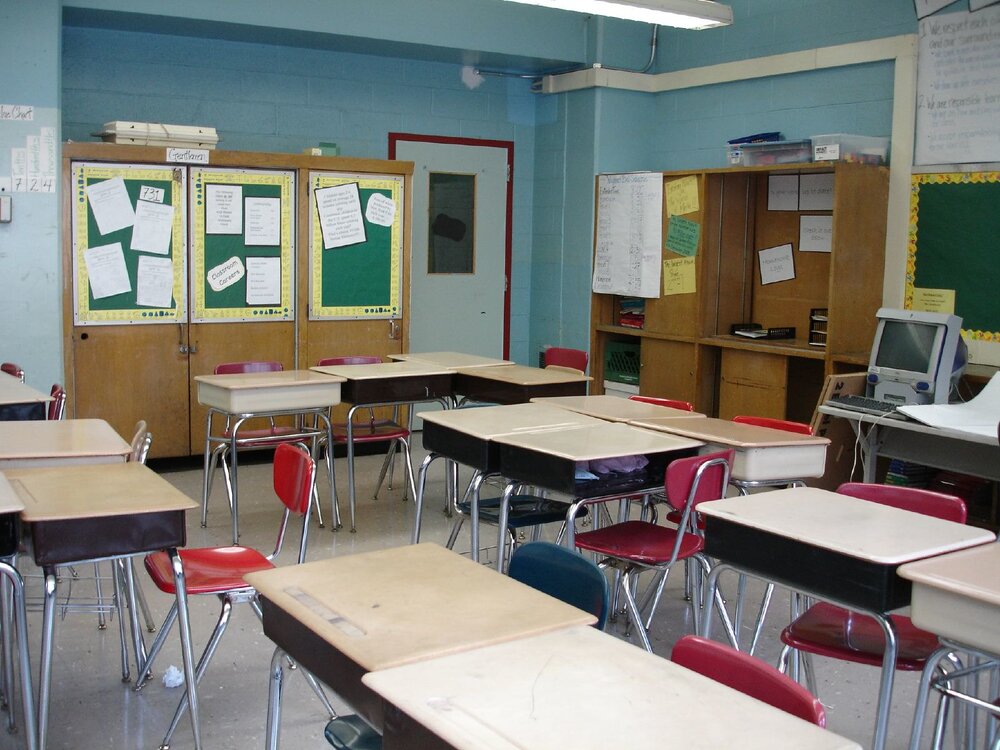
When New York City released its "Bridge to School" plan in late August, officials called on teachers to make students' mental health needs their top priority. "Many of our young people are in pain,” City officials wrote. But as students finally resume classes – remotely this week and in classrooms next – they will find that many social workers and other mental health care providers have disappeared from school budgets.

This report updates the Center's ongoing examination of the Covid-19 economic impact, finding that as of early August, unemployment remains distressingly high, and the July expiration of the temporary $600 Federal supplemental weekly unemployment insurance benefit will impose deep new hardships on hundreds of thousands of New Yorkers and on the entire city economy.
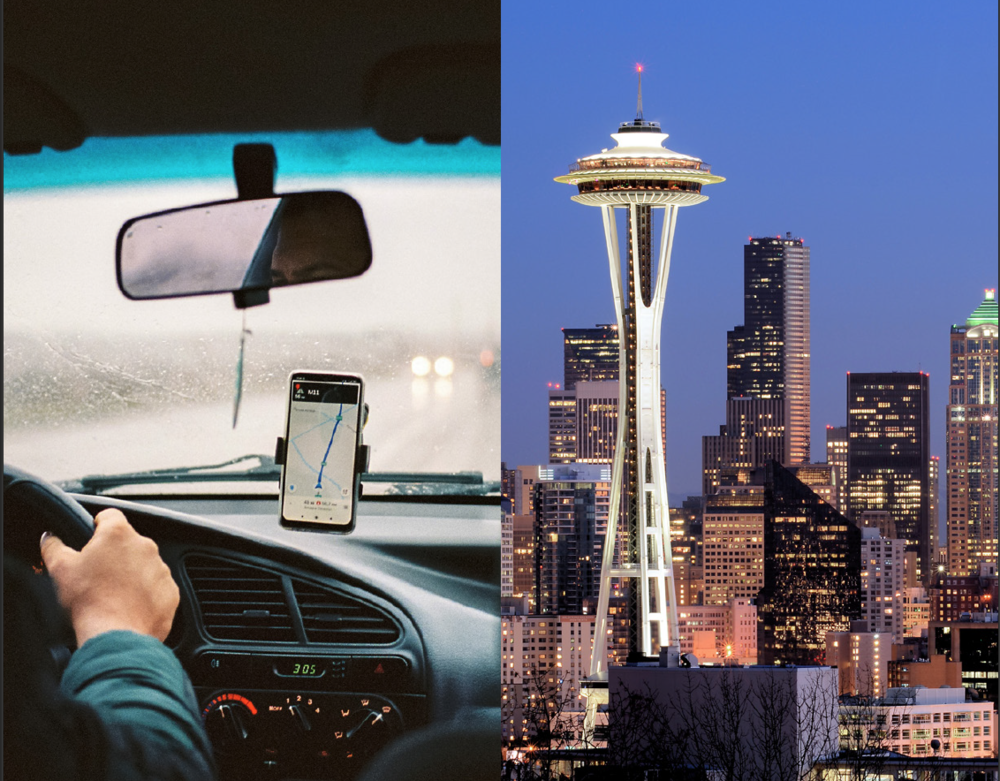
The Center for New York City Affairs and the Center for Wage and Employment Dynamics at the University of California Institute for Research on Labor and Employment are releasing a new report recommending the establishment of a minimum compensation standard for Seattle Uber and Lyft drivers. The study examined pay for thousands of Seattle drivers, and found that drivers net about $9.73 per hour, much less than Seattle’s $16.39 minimum wage for employees of large businesses. A third of all drivers work 32 hours per week or more and provide 55 percent of all trips. Nearly three-fourths rely on driving as their sole source of income.

Since February, New York City has lost 1.25 million jobs, by far the sharpest job decline since the 1930s. To a greater extent than in previous downturns, the Covid-19-related job losses are heavily concentrated among low-wage workers, hitting persons of color, immigrants, young workers, and less educated workers the hardest. It is likely that the city could end 2020 with 500,000 to 600,000 fewer jobs than at the beginning of the year. Substantial additional federal economic assistance is needed to reduce hardships and spark more and better employment opportunities.
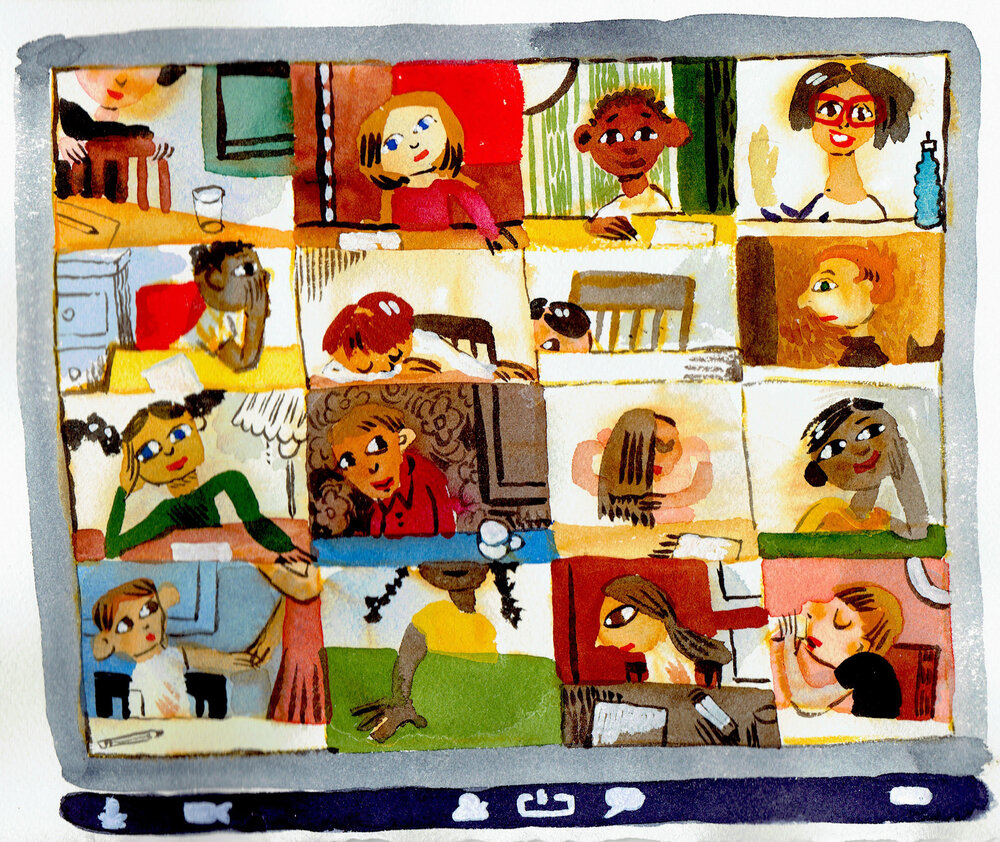
A new report by the InsideSchools project of the Center for New York City Affairs at The New School, “Learning Equitably, Digitally, and Well,” examines how teachers, students, and parents have fared since schools switched exclusively to online learning in March. The report draws on in-depth interviews with some 37 students, teachers, parents, researchers, and others, and includes recommendations to City education policymakers for improving online or blended (combination classroom and remote) instruction in the coming school year.
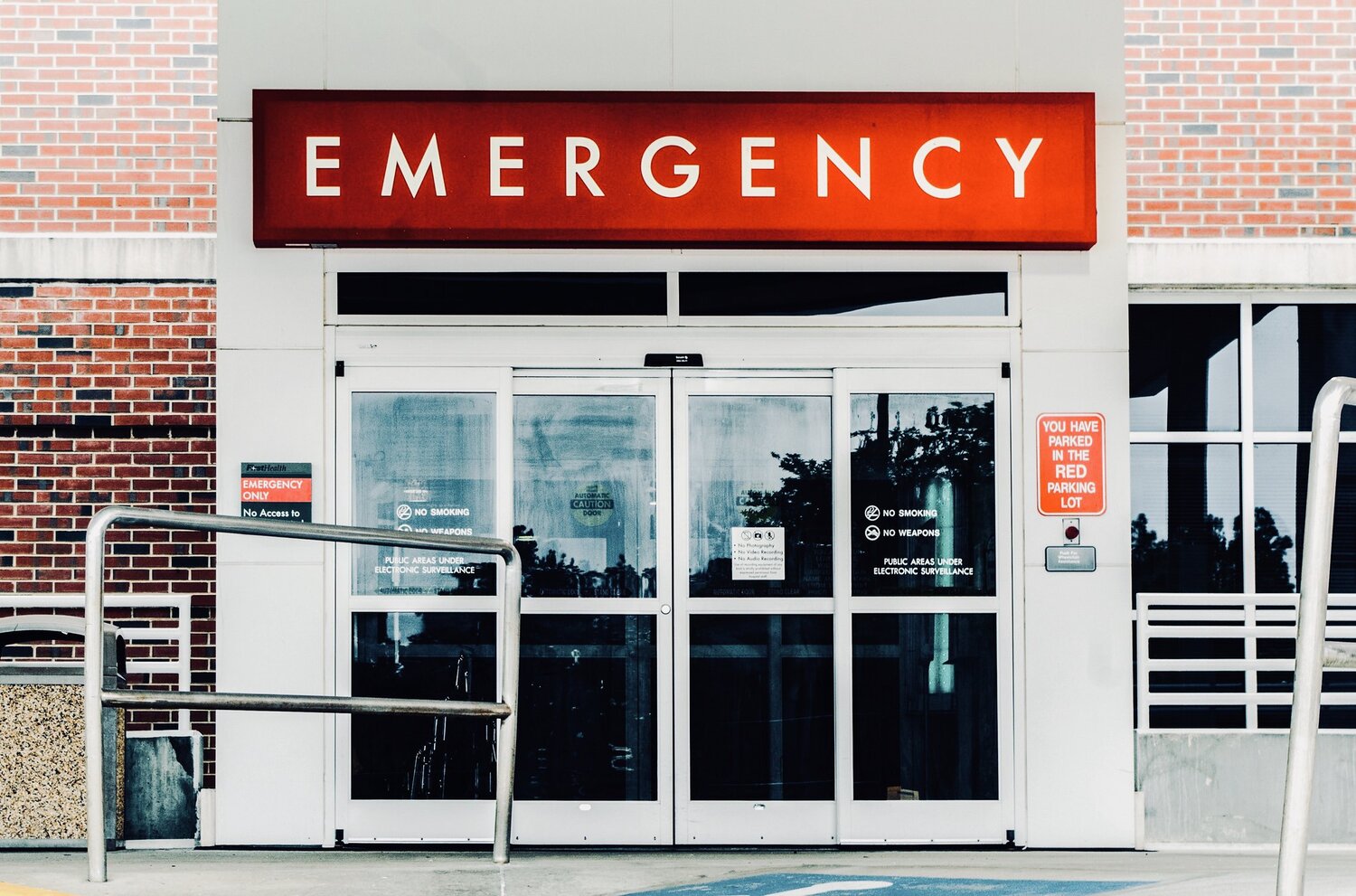
Doctors across New York State see a growing number of young people coming to hospitals with dangerous psychiatric emergencies. It is a first sign, they say, of a looming mental health crisis among children and adolescents. And they warn that—unless the State makes radical changes—many young people will not be able to get the mental health care they need.
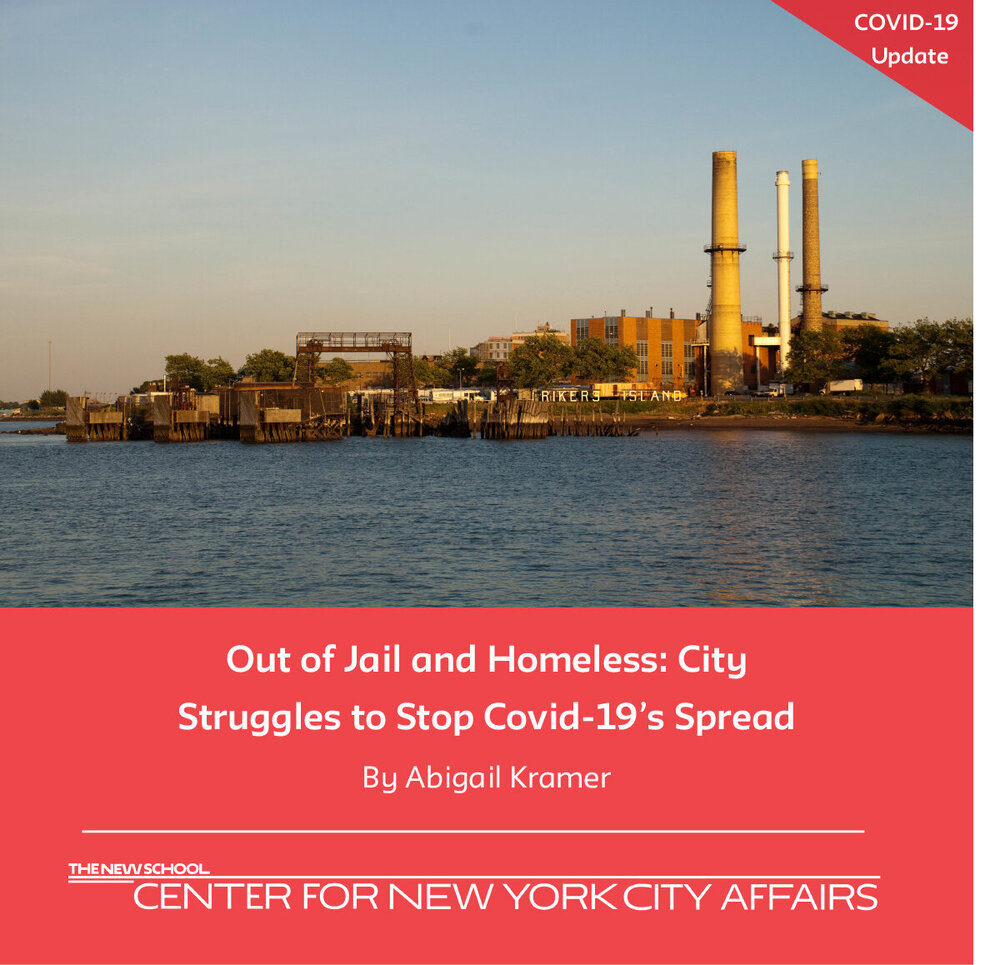
With the help of nonprofits, New York City has begun providing hotel rooms to people leaving jail with nowhere else to go. Advocates say it's a great step, but thousands of New Yorkers remain in danger in the City's crowded jails and homeless shelters.
When the coronavirus put New York on pause, the City’s Family Courts shut down most of their operations. Last week, the Court began to open up for matters that might move cases forward. But progress is slow and limited, and many families remain without access to the judges who can send their children home from foster care.
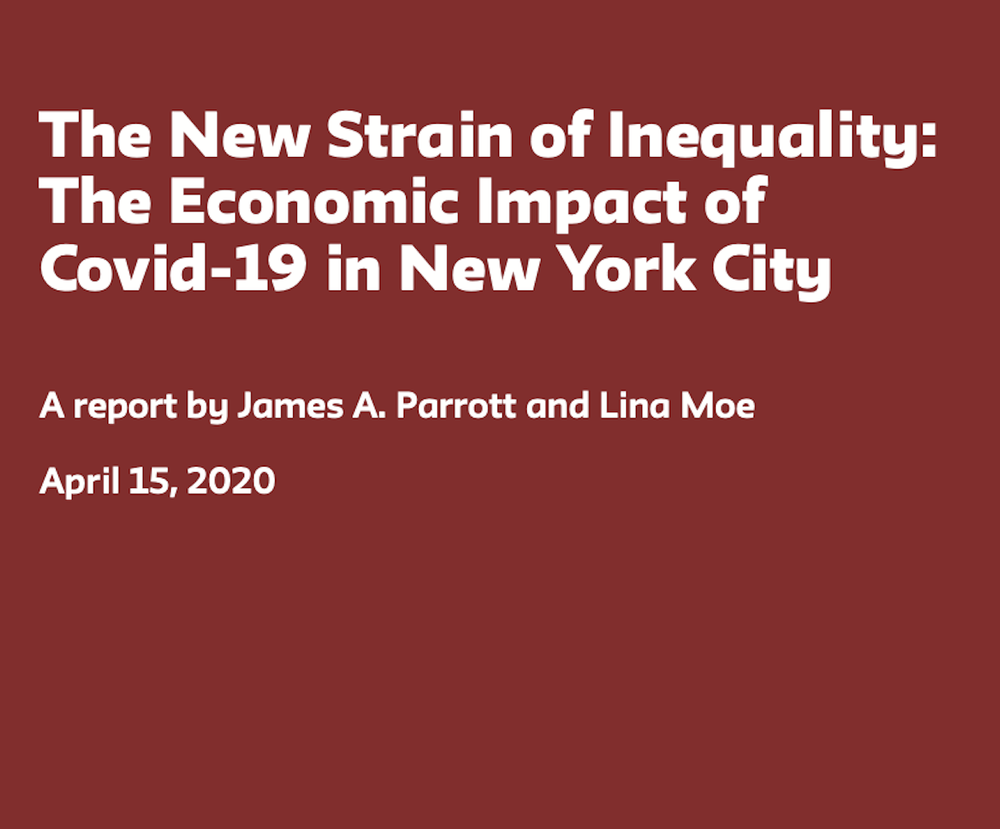
New York City’s economy is in a more precarious state than at any time since the 1970s fiscal and economic crisis. The current public health and economic crisis far surpasses the personal, psychological, and economic devastation wrought by 9/11, the 2008-09 Great Recession, or Superstorm Sandy. The social distancing public health imperative at present has incapacitated a substantial portion of the city’s economy. Job losses and new unemployment claims that have mounted since the beginning of the pandemic are unprecedented. An estimated 1.2 million New Yorkers (or 27 percent of all private sector workers) will be jobless by the end of April in an environment where businesses have been ordered to close and non-essential personnel told to stay at home. This report identifies the workers and industries that are expected to experience the most profound displacement and economic losses as business closures and social distancing measures demanded by the health crisis continue. The daunting economic challenges New York City faces in the months and years ahead are discussed.
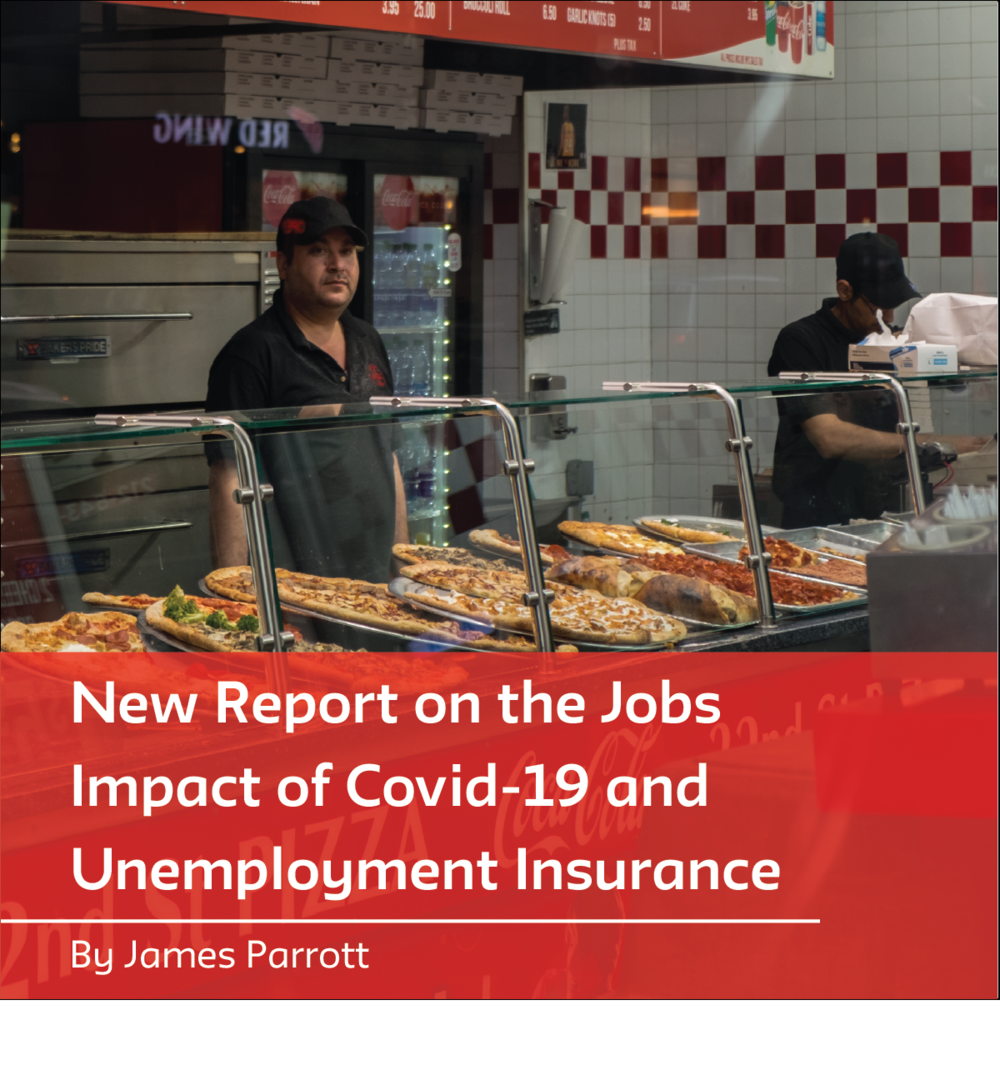
James Parrott, director of economic and fiscal policies for the Center for New York City Affairs at The New School, partnered with The Century Foundation and its Senior Fellow Andrew Stettner on a new report projecting up to 15 million U.S. lost jobs due to the coronavirus pandemic. The report also estimates the value of a key provision in the new Senate stimulus bill regarding unemployment insurance benefits.
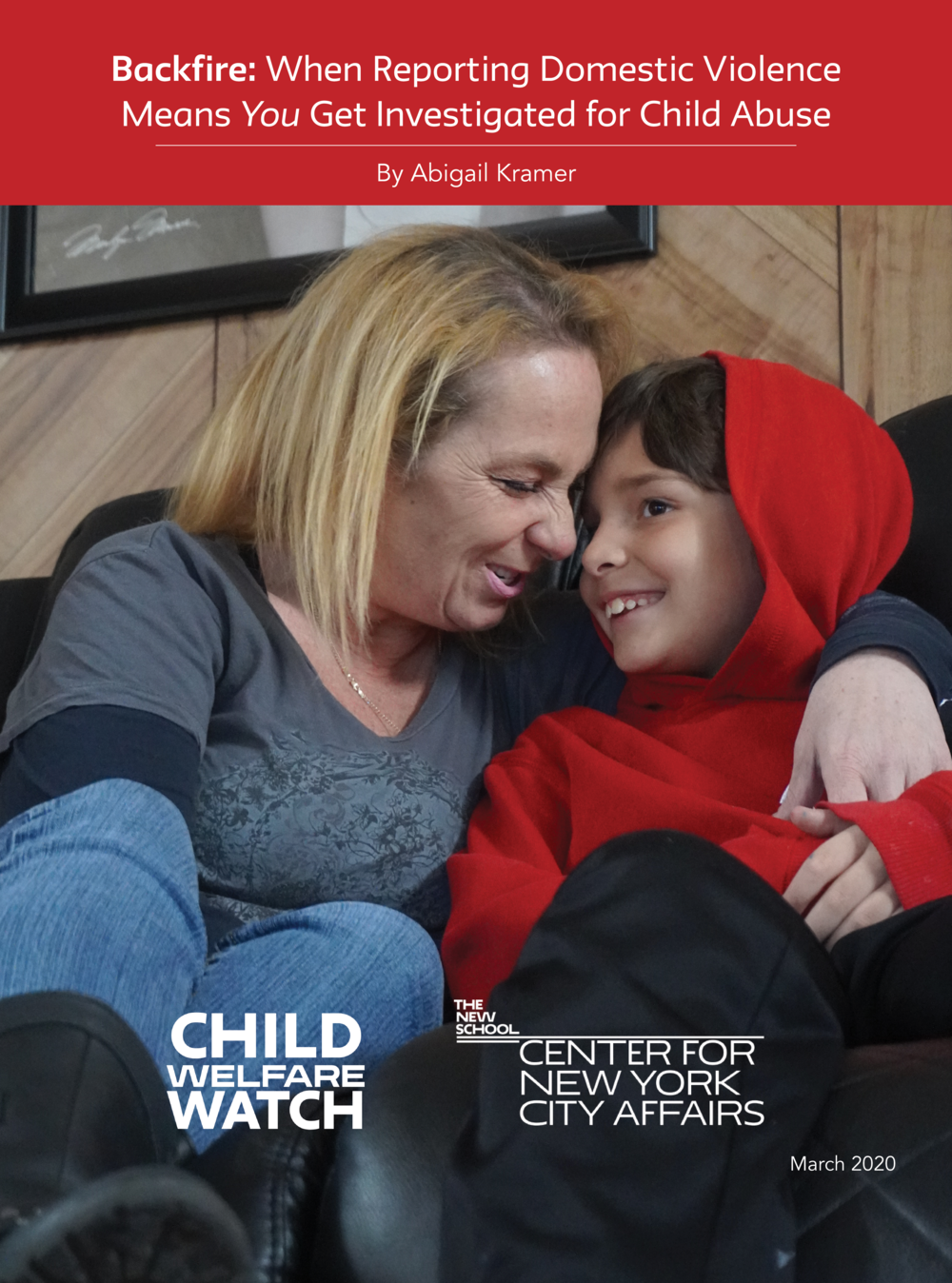
Child welfare investigators, often the first responders to domestic violence cases, aim to help both children and adult victims. However, critics argue that child welfare interventions can go wrong, turning victims into suspects and causing chaos for vulnerable families.
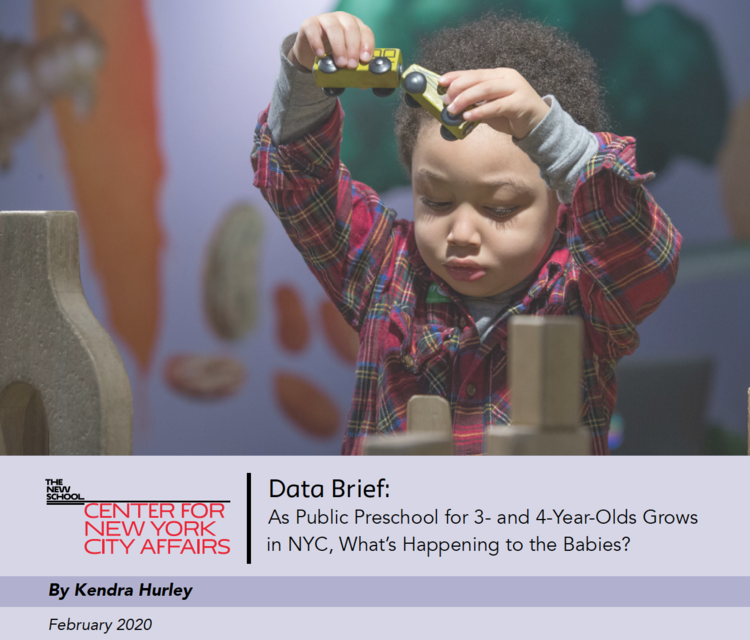
The analysis examines the unintended consequence of free, public preschool programs on the supply of child care for babies and toddlers in New York City. It suggests concerns that affordable infant and toddler care for low-income parents may be at risk despite similar enrollment numbers in subsidized child care programs.
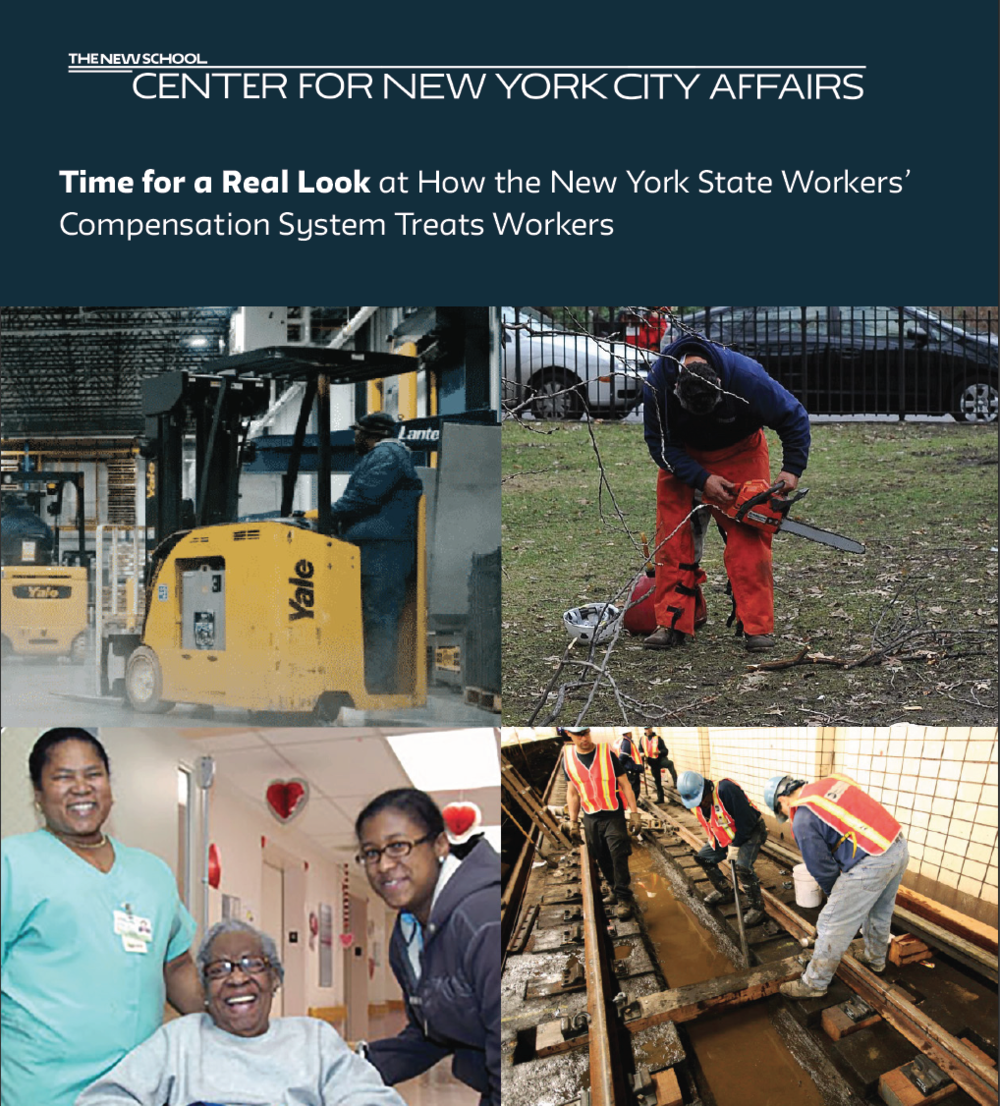
Many aspects of New York’s workers’ comp benefit structure combine to deliver inadequate lost-worktime compensation to injured workers. Since 2007 workers' comp “reforms,” payments to or on behalf of workers have fallen relative to workers’ comp premiums while insurance company profits have soared. This report unravels the details and argues that the Empire State needs to take a fresh look at its workers’ comp system in order to restore the priority of fairly compensating victims of workplace injuries and ensure that businesses responsibly invest in enhancing workplace safety. This report updates several data series included in an earlier version released in April 2019.
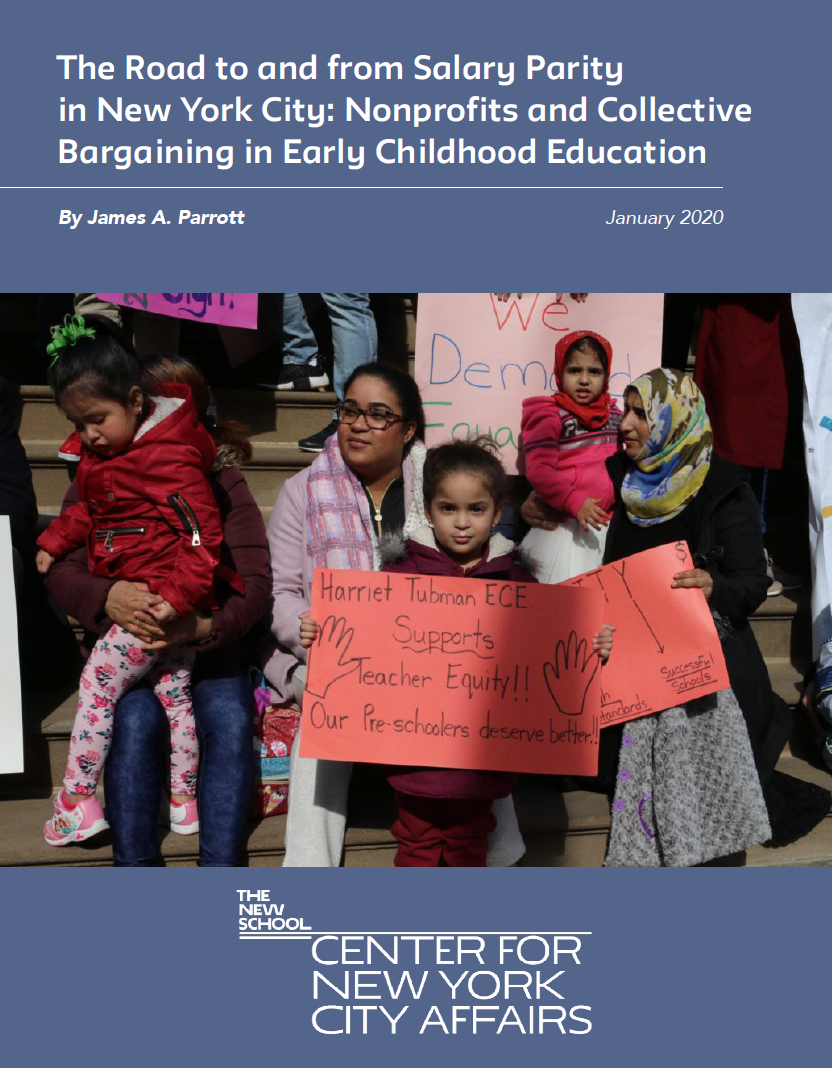
This report examines the progress achieved with New York City’s July 2019 commitment to early childhood education (ECE) starting pay salary parity that will raise pay for certified teachers in community-based organizations (CBOs) by 30-40 percent by October 1, 2021.
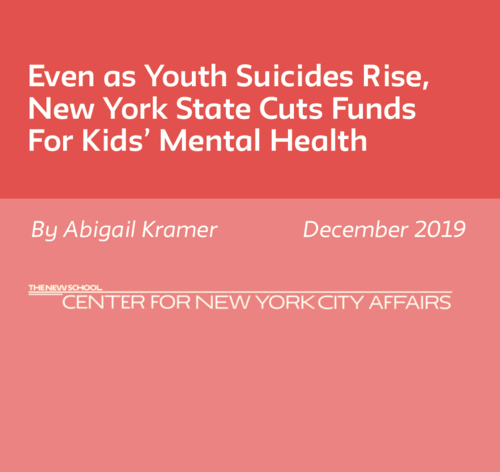
Across New York State, children and adolescents wait weeks—or even months—to get treatment for serious mental health problems. In the coming year, mental health providers and advocates warn that the situation may get worse. Despite an increase in teen suicide attempts, State officials plan to cut payments for several mental health programs that serve young people in their homes and communities.
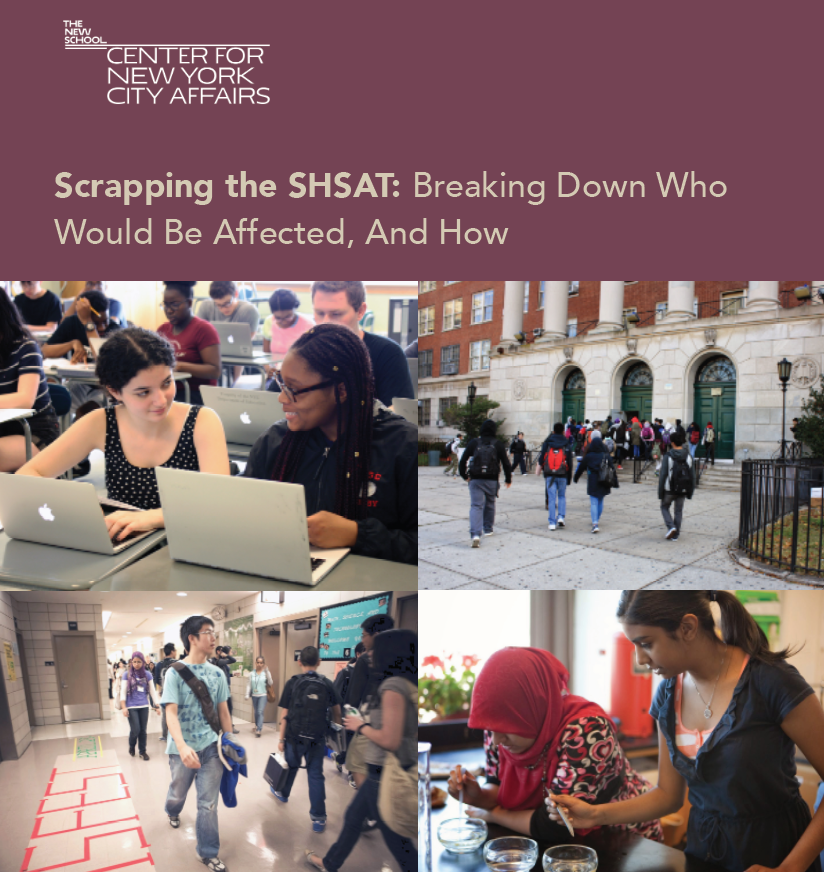
Mayor Bill de Blasio’s proposal to end use of the Specialized High School Admissions Test (SHSAT) would make the city’s most elite public high schools more racially and ethnically diverse. The mayor’s plan would instead offer seats at the specialized high schools to the top performers in each of the city’s public middle schools. We tested this proposal and found that, if enacted, it would give some 2,000 academically qualified Black and Latinx students each year access to higher-performing schools and a more ethnically diverse cohort of fellow students than they typically have through the current school choice process.
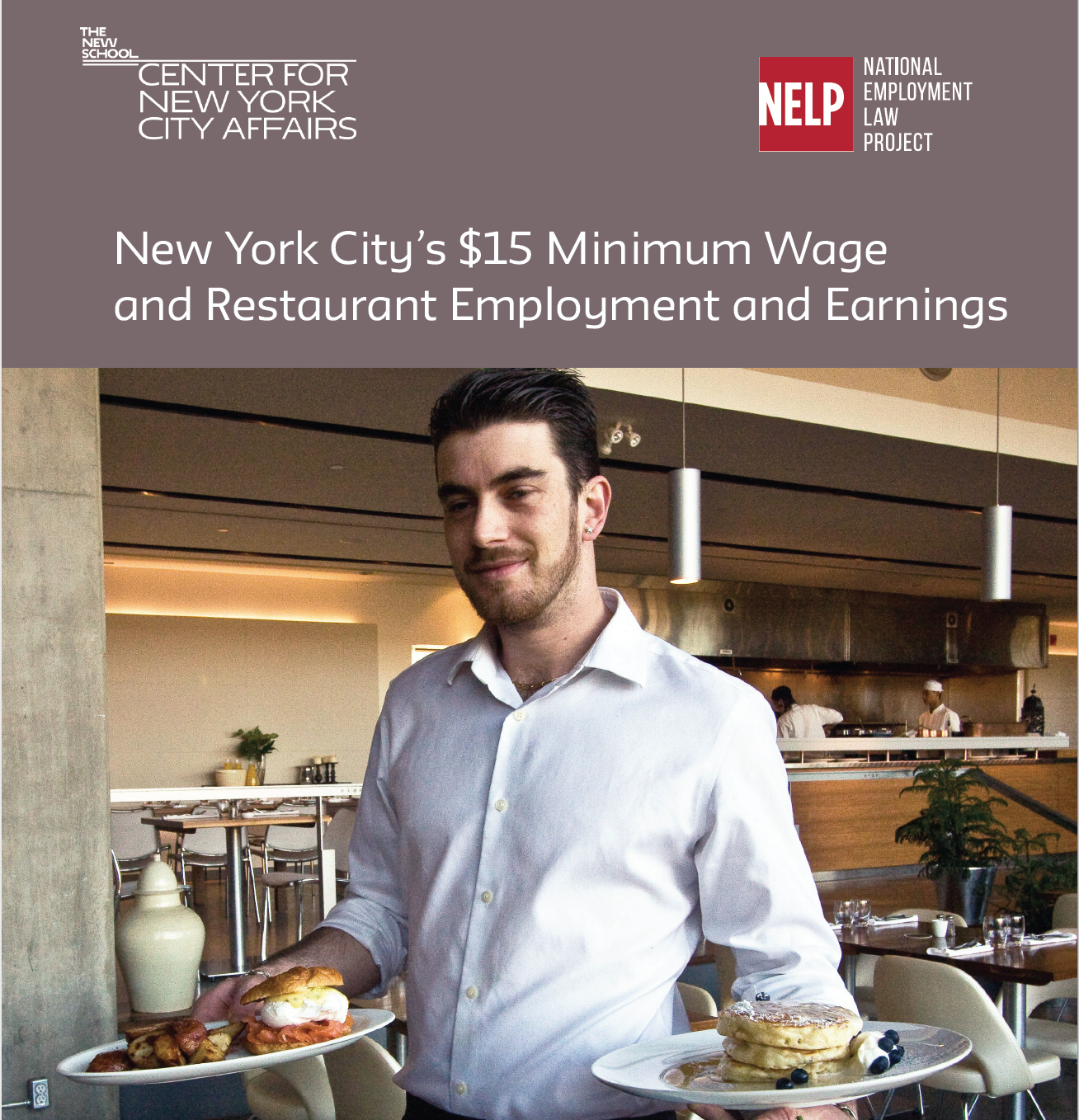
This is the first assessment of restaurant employment and earnings over the entire period of New York City’s historic minimum wage increases, 2013-18. Contrary to fears of massive job losses, $20 Big Macs, and shuttered restaurants, we found a thriving industry.
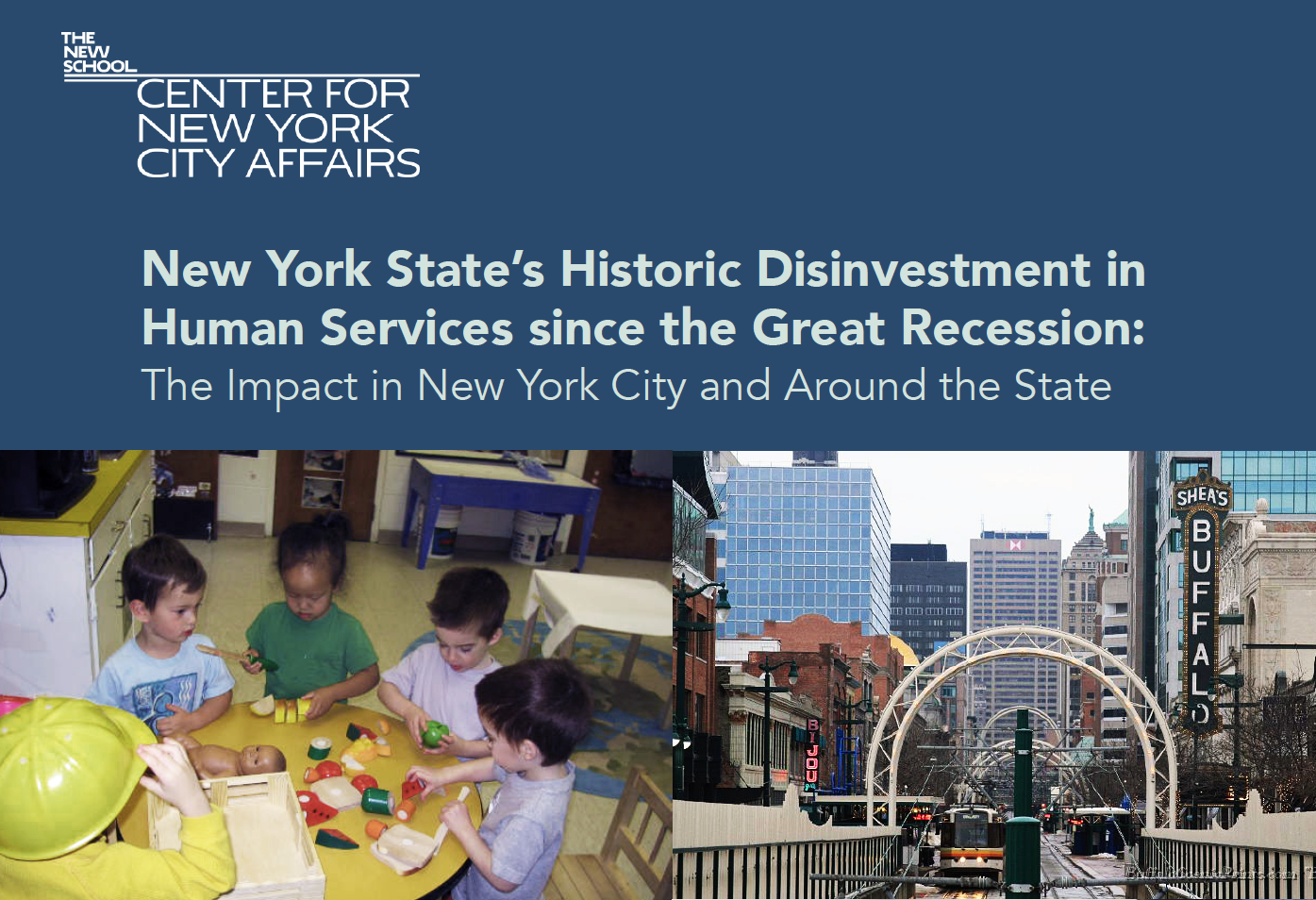
Human services aid from New York State helps localities pay for direct services, including public assistance and services provided through nonprofits. In this report we examine New York State, New York City and county budget data to understand how State funding trends affect localities across the state and New York City in particular.
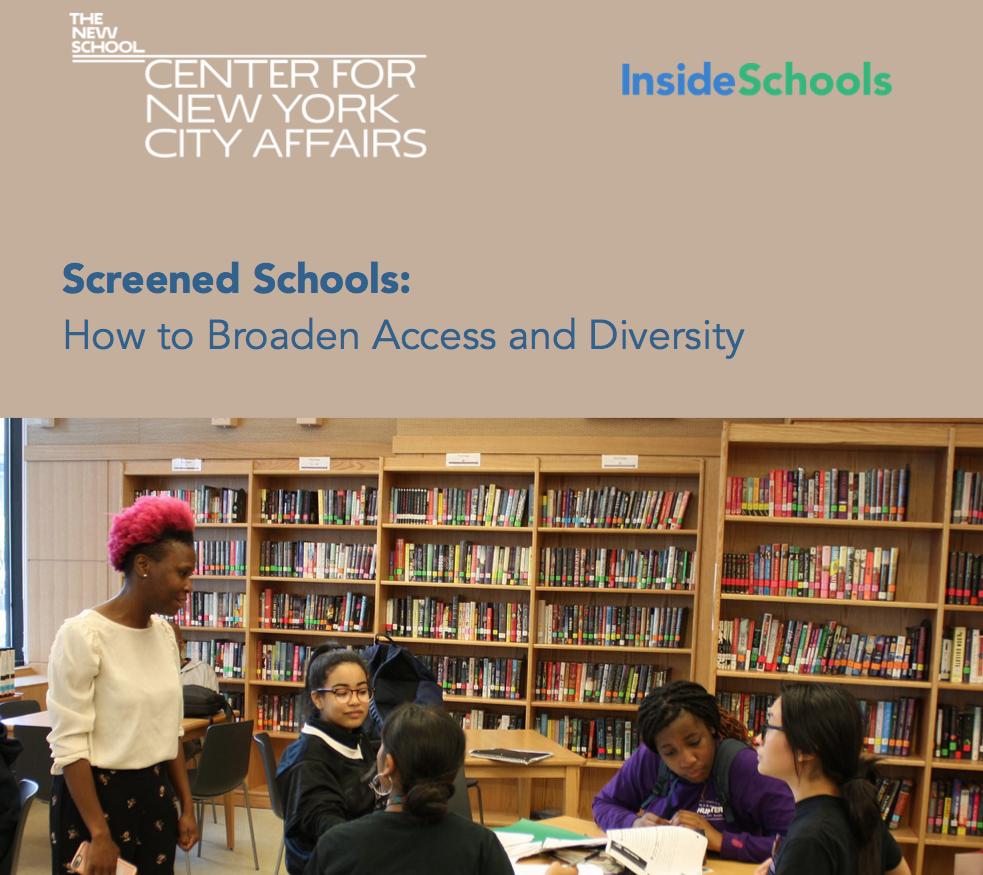
Nearly 15% of New York City public high school students and about 18% of middle school students attend academically “screened” schools that rely on such factors as student grade point averages and standardized test scores for admission. Some educators and activists believe that screens reinforce racial and social privilege and should be abolished. “Screened Schools” addresses this subject and suggests a range of practicable strategies for increasing both diversity and educational quality in schools across the city.
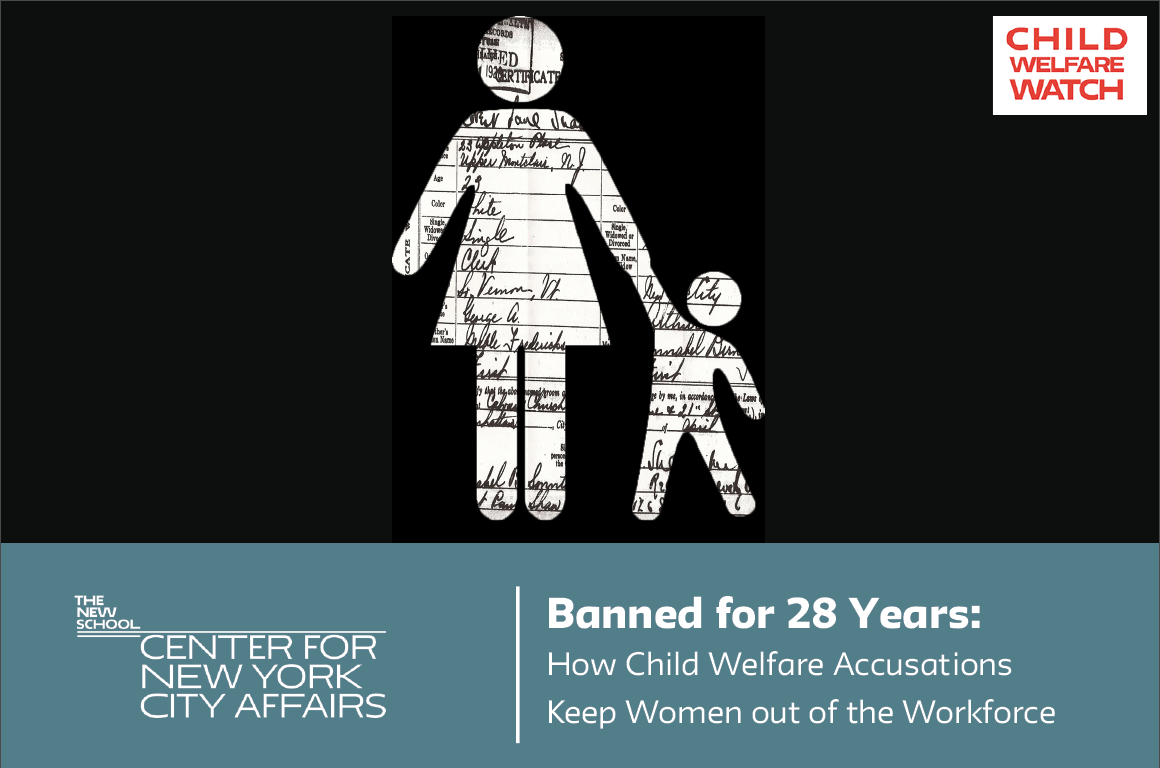
Francine Almash was not especially surprised when an investigator from New York City’s child welfare agency showed up at her door. A few months earlier, her then-10-year-old son, Shawn, who is autistic, had been pinned to a wall by a crisis counselor in his special education classroom and come home with a broken thumb. Almash refused to send him back, and so the school called the State’s child abuse hotline to report her for neglecting Shawn’s education.
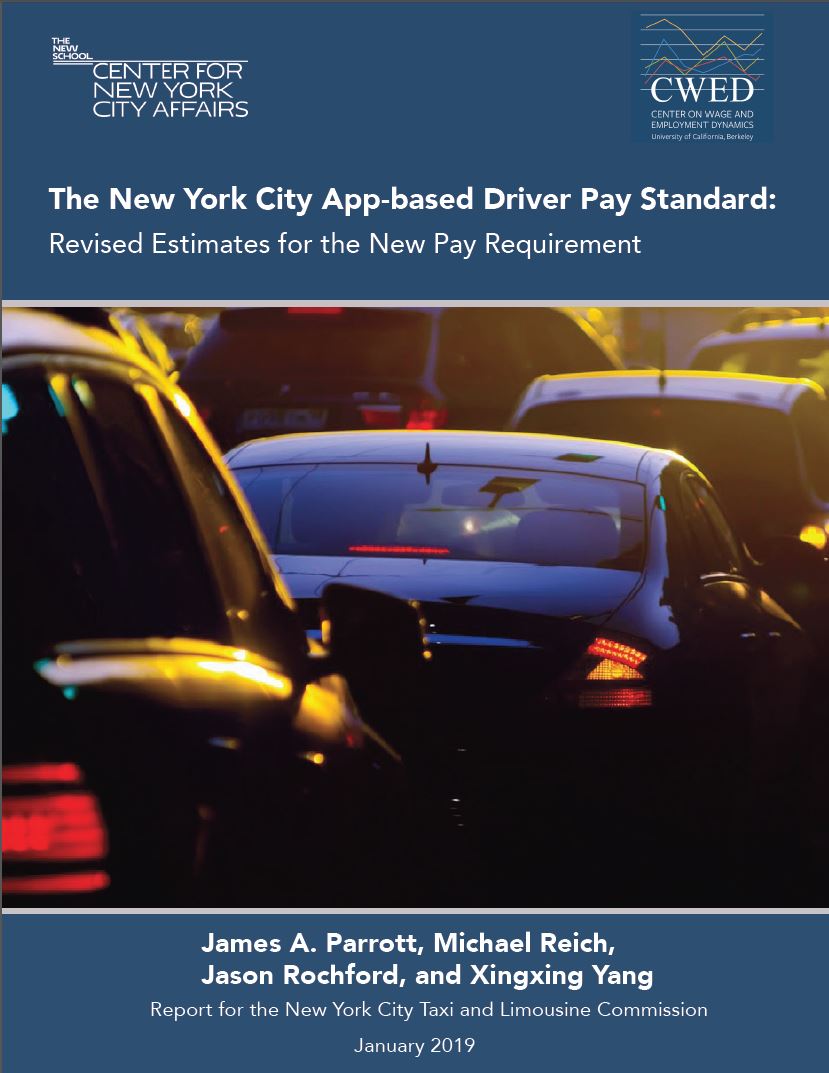
This brief provides an update to the report that Parrott and Reich issued in July 2018, "An Earnings Standard for New York City’s App-based Drivers: Economic Analysis and Policy Assessment,” and informs the final pay standard as incorporated in the Driver Income and Transparency Rules, adopted by the NewYork City Taxi and Limousine Commission (TLC) on December 4, 2018. The newpay standard takes effect February 1, 2019.
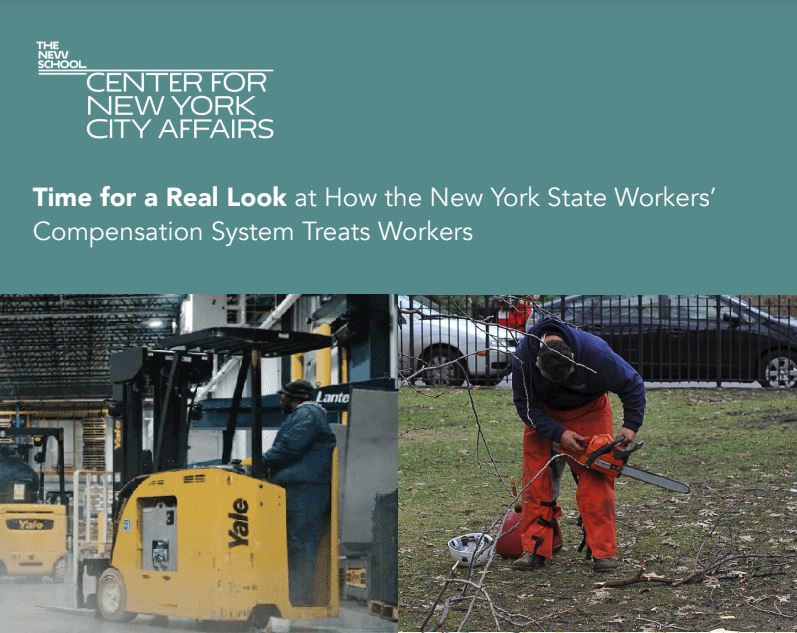
Despite an early history as a national leader in safeguarding the interests of workers injured on the job, New York’s workers’ compensation system has eroded considerably over the years, as legislative and administrative changes have often focused on curtailing benefits rather than adapting to changes in the economy, workforce, and business practices. While legislative changes in 2007 and 2017 included some positive measures, for the most part changes significantly lessened the adequacy of worker benefits. The unfortunate result is that the focus of workers’ compensation in New York has shifted from fairly compensating injured workers to minimizing employer costs.